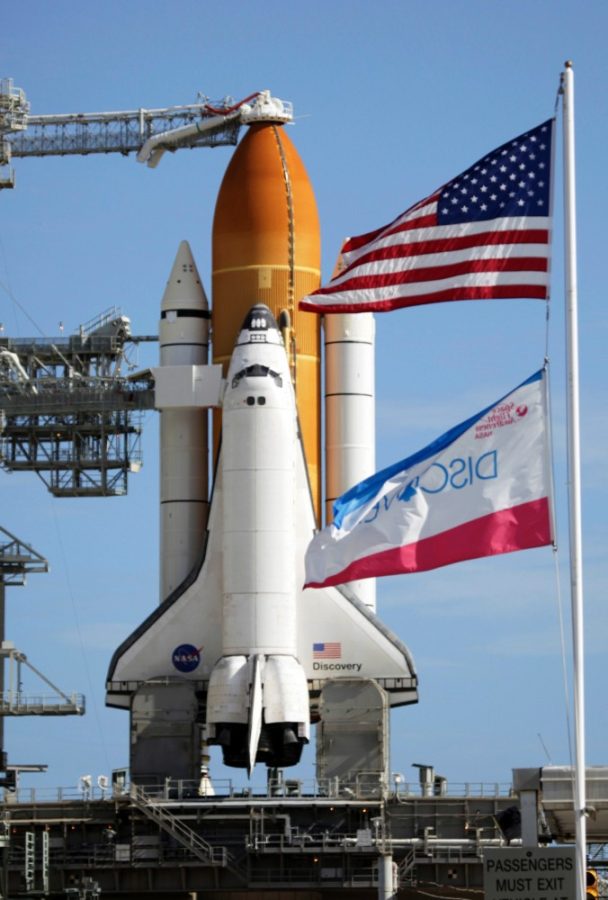The launch of the space shuttle Discovery has been delayed by NASA officials, forcing a hold on a UA-led project that could lead to advancements in materials engineering.
The project, developed in cooperation with NASA, the European Space Agency and Cleveland State University, hopes to answer questions about the solidification process of alloy metals. Researchers hope to gather data about microstructures that could strengthen metals used to make jet engines.
UA researchers, led by material science and engineering professor and co-principal investigator David Poirier, were in Cape Canaveral, Fla., this week for the expected launch. Material science and engineering professor and co-principal investigator Robert Erdmann said the delay poses no problem to the experiment, which has been in the works for more than a decade.
“”It’s obviously disappointing because a shuttle launch at night is supposed to be a spectacular thing,”” he said. “”But all it does is set us back.””
The experiment would require astronauts in space to melt down alloy metals in a specialized furnace, then solidify them in a mold. Investigators back on Earth would later analyze these metals for their structural stability.
On Earth, gravity and other factors often force metals to solidify irregularly, Erdmann said.
But in space, he said, the lack of gravity allows molds to solidify at a uniform rate, lending the snowflake-like microstructures in the metal more stability.
“”We say hot air rises. Well, hot metal rises too,”” he said. “”In space, you still have hot metal, but it won’t know which way to go.””
According to Associated Press reports, the launch was called off due to the failure of a critical fuel valve. Erdmann said he had been told the launch could be delayed for anywhere between a few days to a few months. Even if the project had run on time, Poirier said, it would not have been completed until late December at the earliest.
Erdmann said that he had faced difficulties publicizing the project, which he said could have made a statement to Arizona state legislators about world-class research happening at the UA.
That sentiment was echoed by Poirier, who said the project has received far more attention at Cleveland State. The Daily Wildcat received word of the project only at the last minute from a friend of Poirier’s wife.
“”Frankly, it’s been a bit frustrating,”” Erdmann said.
Poirier has been working on similar solidification projects for “”more than a decade,”” he said. A different project that was supposed to run on a NASA shuttle in the early 2000s was scrapped as a part of NASA re-prioritizing during the Bush administration. Asked how he felt about finally getting a long-term project off the ground, Poirier said he was not nervous but just glad to see the project launch.
Erdmann said past and future delays have not affected the overall aims of the project.
“”We’re asking different questions,”” he said, “”but we’re hoping to answer the old questions at the same time.””









